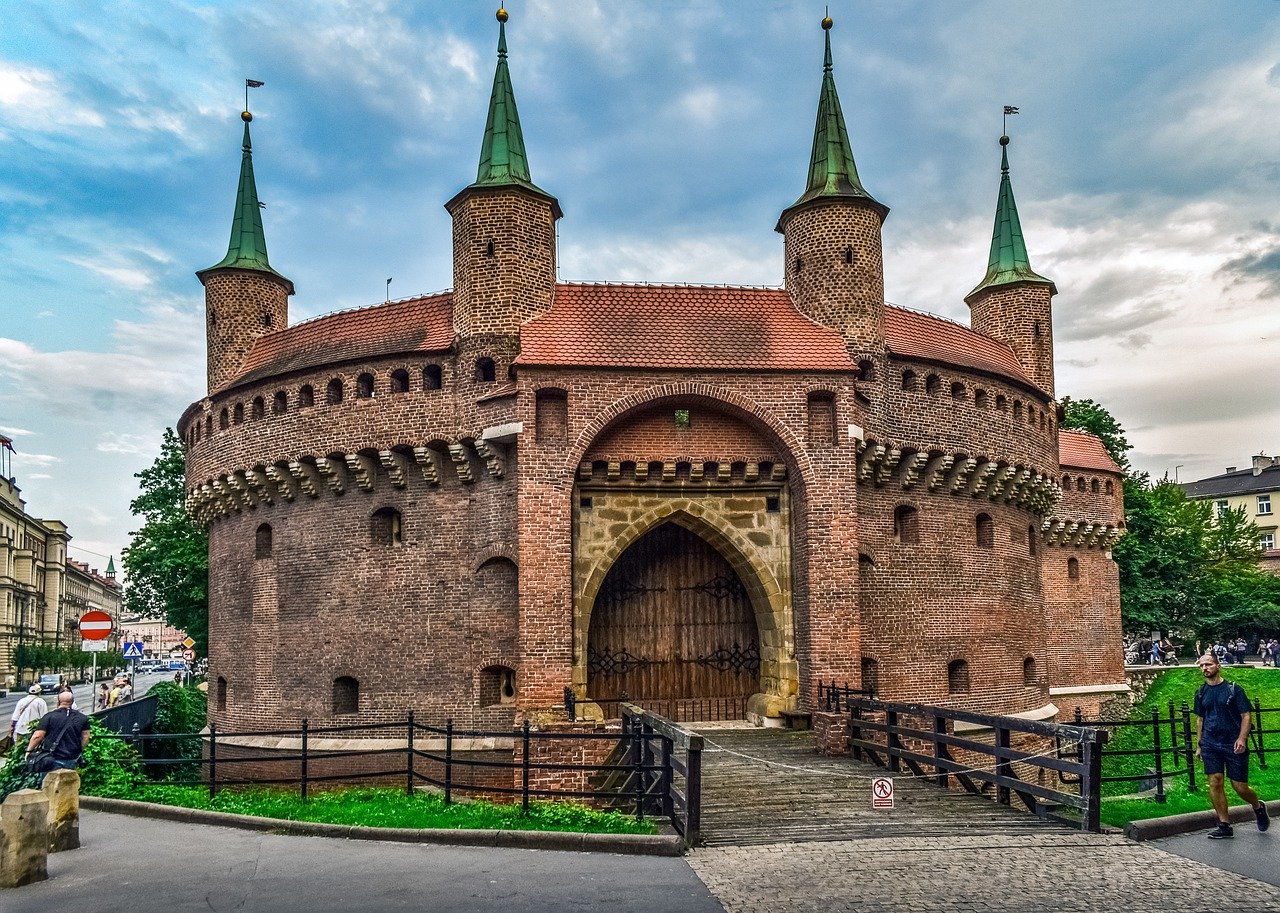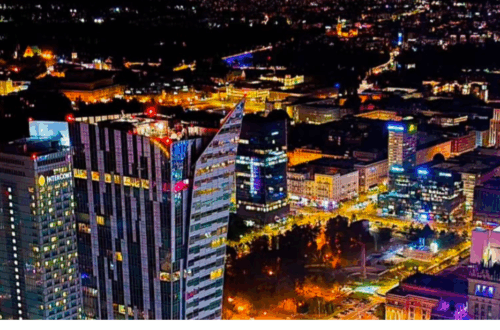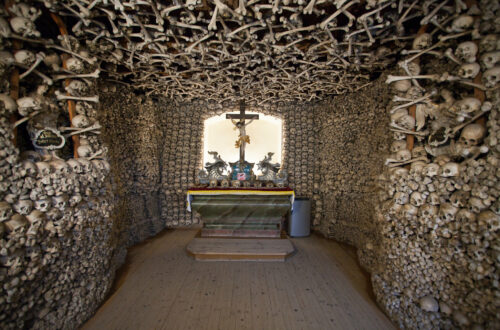A Journey into Slavic Mythology: Ancient Beliefs, Deities, and Modern Adaptations
The Slavic people are a diverse group that spans across Eastern Europe like Poland, Russia, and the Balkans. They have a rich history dating back to around the 5th century, during which they lived in tribes, often isolated from each other due to geographic barriers. Despite this, they shared a common language and culture, including their beliefs and traditions.
The Slavs were polytheistic, meaning they worshipped multiple gods, much like the Greeks and Romans. Their belief system was deeply rooted in nature and the elements, as well as ancestral worship. They believed in a universe divided into three parts: the heavens, inhabited by gods; the earth, occupied by humans and animals; and the underworld, home to the deceased and various mythical creatures.
Core Elements of Slavic Mythology
Deities
Slavic mythology is richly populated with a wide array of deities, each presiding over and embodying various facets of life and nature.
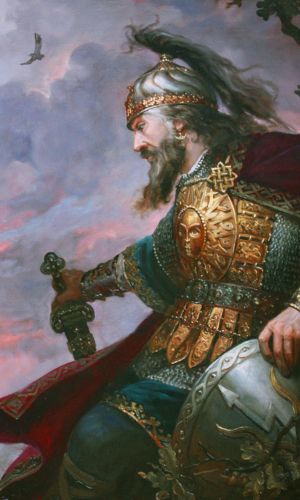
Perun
Among these divine beings, Perun, often likened to the mighty Zeus or the formidable Thor, reigned supreme as the god of thunder and lightning. His awe-inspiring power and influence over the forces of nature commanded reverence and respect, making him a central figure in the mythological tapestry of the Slavic pantheon.
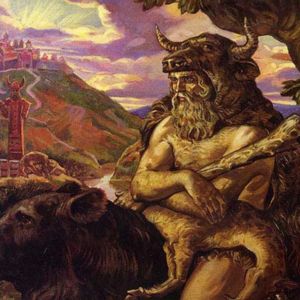
Veles
Veles, the ancient Slavic deity, ruled over the domains of earth, waters, forests, and even the enigmatic underworld. As a prominent figure in Slavic mythology, Veles often found himself in conflict with Perun, the god of thunder and lightning. Their eternal struggle symbolized the ever-present battle between chaotic forces and the forces of order in the natural world.
Chernobog and Belobog
Chernobog and Belobog, the deities of bad and good fortune respectively, exemplify the dualistic nature of Slavic mythology. Chernobog, known as the Black God, embodies all things negative and destructive. In contrast, Belobog, the White God, is speculated to be a god of light and sun, representing positivity and creation.
Dazbog, the God of Prosperity
Dazbog is a solar deity associated with prosperity and wealth. As the giver of the most precious gifts, warmth, and sunlight, Dazbog holds a special place in Slavic mythology. He is seen as a dispenser of fortune, symbolizing the Slavs’ appreciation of the sun’s life-giving power.
Mokosh, the Goddess of Fertility
Mokosh is one of the few recognized female deities in Slavic mythology. She is the goddess of fertility, home, and women’s work. Mokosh is often depicted spinning threads of fate, symbolizing her role in life creation. Her worship included various rituals to ensure fertility and abundance.
Stribog, the God of Winds
Stribog, the god of winds, air, and sky, is an influential figure in Slavic mythology. He controls the winds and can both usher in change with a gust and calm with a breeze. Sailors and farmers revered Stribog, seeking his favor for favorable weather conditions.
These are just a few examples of the intricate and diverse pantheon of Slavic deities. Each god or goddess carries a unique significance, reflecting the Slavs’ understanding of the world, their respect for nature, and the values they held dear.
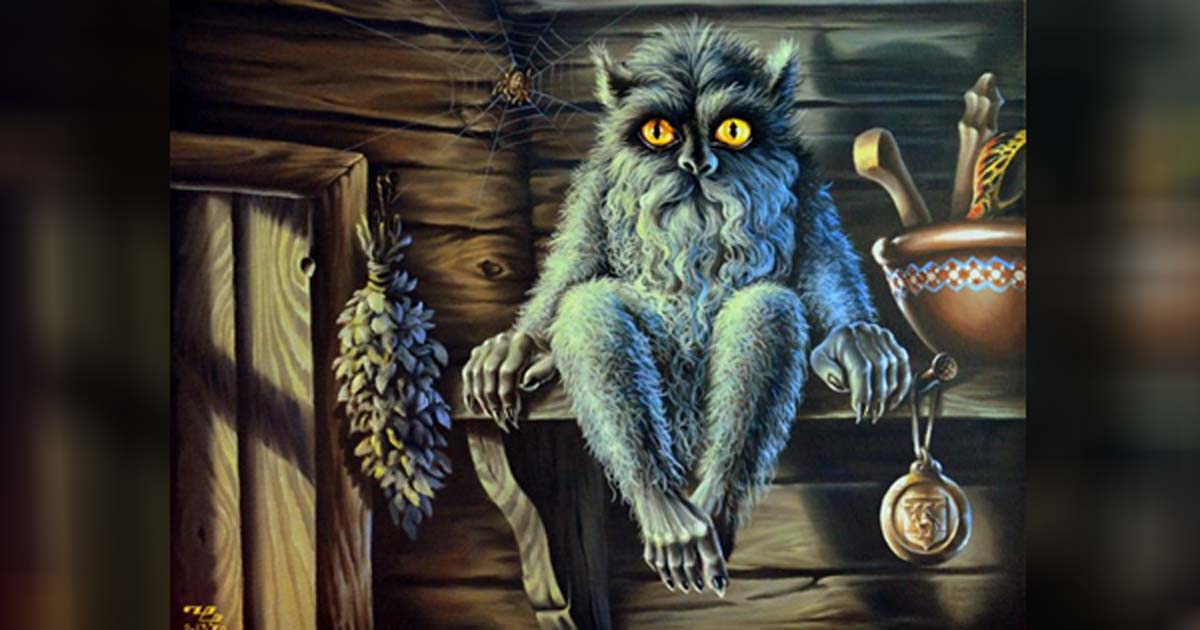
Magical Creatures and Spirits
The Slavic mythos is a rich tapestry of folklore, brimming with an array of magical creatures and spirits that captivate the imagination.
One such enchanting being is the Domovoi, a mischievous yet benevolent household spirit believed to safeguard the home and its cherished inhabitants, bringing good fortune and protection. On the other end of the spectrum, we find the Rusalka, a bewitching water nymph whose ethereal beauty conceals a more sinister nature.
Known for her ability to entice unsuspecting men, she embodies the Slavs’ profound reverence and trepidation towards the mystical power of water bodies. These captivating characters and their tales weave a vibrant and intricate tapestry of Slavic mythology, casting a spell on those who delve into its depths.
Unique Aspects of Slavic Mythology
While sharing common themes like creation, death, and heroism with other mythologies, Slavic mythology stands out for its rich emphasis on natural elements and ancestral spirits. This ancient belief system intricately weaves together the forces of nature, giving reverence to the earth, sky, water, and forests.
The Slavic tribes, scattered across vast lands, developed diverse local deities and beliefs, each reflecting the unique landscapes and cultures they inhabited. This geographic isolation not only contributed to the variations in Slavic mythology but also fostered a deep connection to the natural world, where spirits were believed to reside in every tree, river, and mountain.
The absence of a systematic pantheon allowed for a fluid and organic understanding of the divine, where gods and goddesses were deeply intertwined with the ebb and flow of everyday life. From the majestic Perun, the god of thunder, to the mysterious Veles, the god of the underworld, Slavic mythology offers a tapestry of captivating stories and captivating deities that continue to inspire and intrigue to this day.
Influential Figures and Their Significance
In Slavic mythology, Perun and Veles hold a significant position as the most influential figures. They embody the eternal struggle between order, symbolized by the heavens, and chaos, represented by the underworld.
The myths surrounding these two deities offer profound insights into the Slavs’ perception of the world and their role within it. Through their narratives, we gain a deeper understanding of the intricate dynamics between cosmic forces and the human experience, shedding light on the rich tapestry of Slavic culture and beliefs.
Modern-Day Adaptations and Popularity
Slavic mythology has seen a resurgence in popularity, particularly in video games, movies, and literature. Games like The Witcher series draw heavily from this rich tradition, featuring creatures like the Rusalka and characters inspired by Slavic heroes. Similarly, books like The Bear and the Nightingale by Katherine Arden bring Slavic myths and folklore to life.
In conclusion, Slavic mythology, with its fascinating deities, magical creatures, and legendary heroes, offers a unique window into the beliefs and worldview of the Slavic people. Its growing popularity in modern media testifies to its timeless appeal and relevance.


